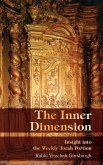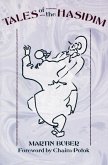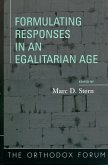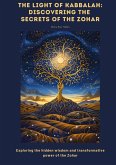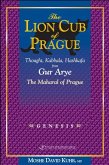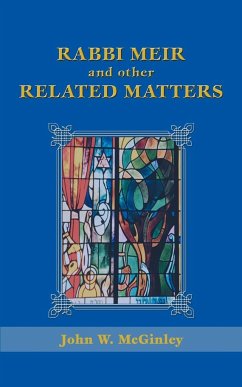Despite its outwardly static and traditional appearance, the Haredi (ultra-Orthodox) world is engaged in a constant cultural dialogue with modernity. This dialogue is exceptionally visible in the realm of language as shown in this study that examines the language and culture of four ultra-Orthodox groups found in Israel: the Ashkenazi (European) Mitnagdim-Lithuanians, and the Oriental Sefaradi Haredim. After the presentation of the historical background of the four sects, the author analyzes the public and private domains, focusing on language as used in many different forms and situations, and on the management of language. He furthermore compares the language policies of British, American, and French Haredim belonging to the Habad, Gur, Mitnagdic and Sefaradi sects to those in Israel and finds many similarities between the groups. The book concludes with the proposal of an interdisciplinary model, based on the Haredi case study, which can be used by language planners worldwide to understand the issues of language maintenance and loss among ethnic and ethno-religious minorities.
Hinweis: Dieser Artikel kann nur an eine deutsche Lieferadresse ausgeliefert werden.
Hinweis: Dieser Artikel kann nur an eine deutsche Lieferadresse ausgeliefert werden.



